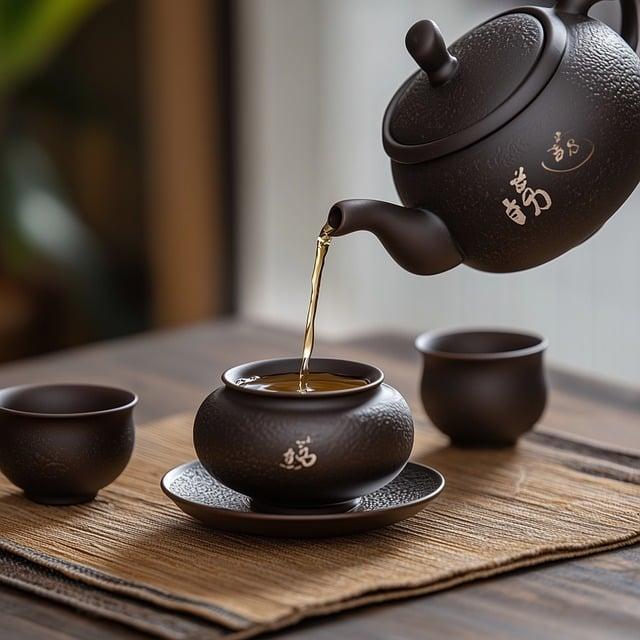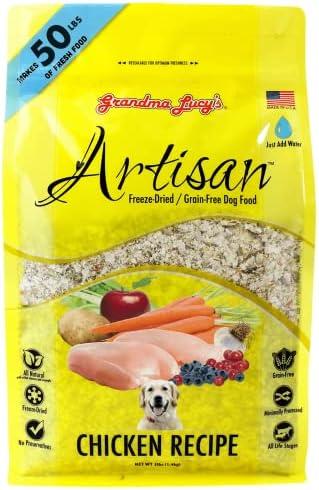As snowflakes danced outside, the aroma of roasted turkey filled the air, wrapping the cozy home in warmth. Families gathered around the table, laughter mingling with the scent of spices. Each year, Grandma would unveil her secret recipe for stuffing, a blend of herbs and love that made it the star of the feast. But as the clock struck noon, the centerpiece emerged: a golden-brown turkey, glistening under the twinkling lights. It was more than just a meal; it was a tradition, a symbol of togetherness, and the most eaten food at Christmas, binding hearts and memories with every bite.
Table of Contents
- Exploring Traditional Christmas Feasts Around the World
- The Role of Regional Ingredients in Holiday Celebrations
- Unveiling the Most Popular Dishes and Their Cultural Significance
- Tips for Creating a Memorable Christmas Menu at Home
- Q&A

Exploring Traditional Christmas Feasts Around the World
As the holiday season approaches, families around the globe gather to celebrate with sumptuous feasts that reflect their unique cultural traditions. In Italy, the Christmas Eve dinner, known as **La Vigilia**, often features a variety of seafood dishes, including **baccalà** (salted cod) and **spaghetti alle vongole** (spaghetti with clams). Meanwhile, in Mexico, the festive table is adorned with **tamales**, a delicious corn dough filled with meats or sweets, wrapped in corn husks and steamed to perfection. Each dish tells a story, connecting generations through flavors and shared memories.
In the heart of Eastern Europe, countries like Poland celebrate with a traditional **Wigilia** dinner, which includes **barszcz** (beet soup) and **pierogi** (dumplings) filled with potatoes, cheese, or sauerkraut. In contrast, the British often indulge in a hearty roast turkey accompanied by **stuffing**, **brussels sprouts**, and the iconic **Christmas pudding** for dessert. Across the globe, these culinary delights not only satisfy the palate but also embody the spirit of togetherness, making each meal a cherished part of the holiday experience.

The Role of Regional Ingredients in Holiday Celebrations
During the festive season, the use of regional ingredients transforms holiday meals into a tapestry of cultural significance and local flavor. Each region boasts its own unique culinary traditions, often influenced by the availability of local produce and historical practices. For instance, in the northeastern United States, families might gather around a table adorned with dishes featuring cranberries and pumpkin, while in the southern states, collard greens and cornbread take center stage. These ingredients not only enhance the taste of holiday dishes but also serve as a reminder of the rich agricultural heritage that shapes our celebrations.
Moreover, the incorporation of local flavors fosters a sense of community and belonging during the holidays. Families often pass down recipes that highlight regional specialties, creating a connection to their roots and shared memories. In Italy, for example, the Feast of the Seven Fishes showcases an array of seafood, reflecting the coastal bounty of the Mediterranean. Similarly, in Mexico, the vibrant flavors of tamales and pozole bring families together, celebrating both the season and their cultural identity. By embracing these regional ingredients, holiday meals become more than just sustenance; they evolve into a celebration of heritage, unity, and the joy of sharing food with loved ones.

Unveiling the Most Popular Dishes and Their Cultural Significance
Christmas is a time steeped in tradition, and the culinary delights that grace our tables reflect the rich tapestry of cultural heritage. In many Western countries, **roast turkey** takes center stage, symbolizing abundance and celebration. This dish, often accompanied by **stuffing**, **cranberry sauce**, and **gravy**, has roots in early American history, where it was a staple for festive gatherings. In contrast, the **Christmas ham** is a beloved choice in various cultures, particularly in Europe, where it represents prosperity and good fortune for the coming year. The sweet glaze and savory flavors evoke warmth and togetherness, making it a cherished centerpiece for family feasts.
Across the globe, different regions showcase their unique culinary customs during the holiday season. In Italy, the **Feast of the Seven Fishes** highlights the importance of seafood, symbolizing the wait for the birth of Christ. Each dish, from **baccalà** (salted cod) to **calamari**, tells a story of faith and family unity. Meanwhile, in Mexico, **tamales** are a festive favorite, wrapped in corn dough and filled with various ingredients, representing the labor of love and community spirit. These dishes not only satisfy the palate but also serve as a reminder of the cultural significance and shared experiences that define the essence of Christmas celebrations around the world.

Tips for Creating a Memorable Christmas Menu at Home
Creating a Christmas menu that leaves a lasting impression involves a blend of tradition and creativity. Start by incorporating **classic dishes** that evoke nostalgia, such as succulent roast turkey or glazed ham, which are often the centerpiece of holiday feasts. To elevate your menu, consider adding a twist with unique sides like maple-roasted Brussels sprouts or cranberry and walnut stuffing. Don’t forget to include a variety of flavors and textures to cater to all palates, ensuring that your guests have plenty of options to choose from.
In addition to the main courses, desserts play a crucial role in making your Christmas meal unforgettable. Think beyond the usual fruitcake and explore options like **spiced gingerbread cookies** or a rich **chocolate yule log**. To add a personal touch, you might even create a dessert bar featuring an assortment of treats, such as peppermint bark, mince pies, and eggnog cheesecake. Pair these delights with festive beverages like mulled wine or hot cocoa to round out the experience, ensuring that your Christmas gathering is not only delicious but also memorable for everyone involved.
Q&A
-
What is the most popular main dish served at Christmas?
The most popular main dish varies by country, but in many places, roast turkey takes the crown. In the UK, roast beef or glazed ham are also traditional favorites.
-
Are there any traditional side dishes associated with Christmas meals?
Yes! Common side dishes include stuffing, mashed potatoes, green bean casserole, and cranberry sauce. Each region may have its own unique additions to the festive table.
-
What desserts are typically enjoyed during Christmas?
Christmas desserts often feature fruitcake, gingerbread cookies, and pumpkin pie. In some cultures, Yule log cake is a beloved treat that symbolizes the winter season.
-
Is there a specific drink that is commonly consumed at Christmas?
Absolutely! Many people enjoy eggnog, mulled wine, or hot chocolate during the festive season, adding warmth and cheer to holiday gatherings.
As the festive season unfolds, the most eaten foods at Christmas bring families together, creating cherished memories around the table. Whether it’s turkey, ham, or a vegetarian feast, these culinary traditions remind us of the joy of sharing and celebration.

大家好,我是彼得潘,專業的手法身體治療師。我喜歡探索和研究各種主題,並透過與人工智慧的合作分享專業、實用、有趣的文章。我們定期進行人工審核,以確保內容的準確性。如果您發現文章中有任何不準確的地方,請隨時與我們聯繫,我們會及時糾正。您可以透過 [email protected] 與我們聯繫。



